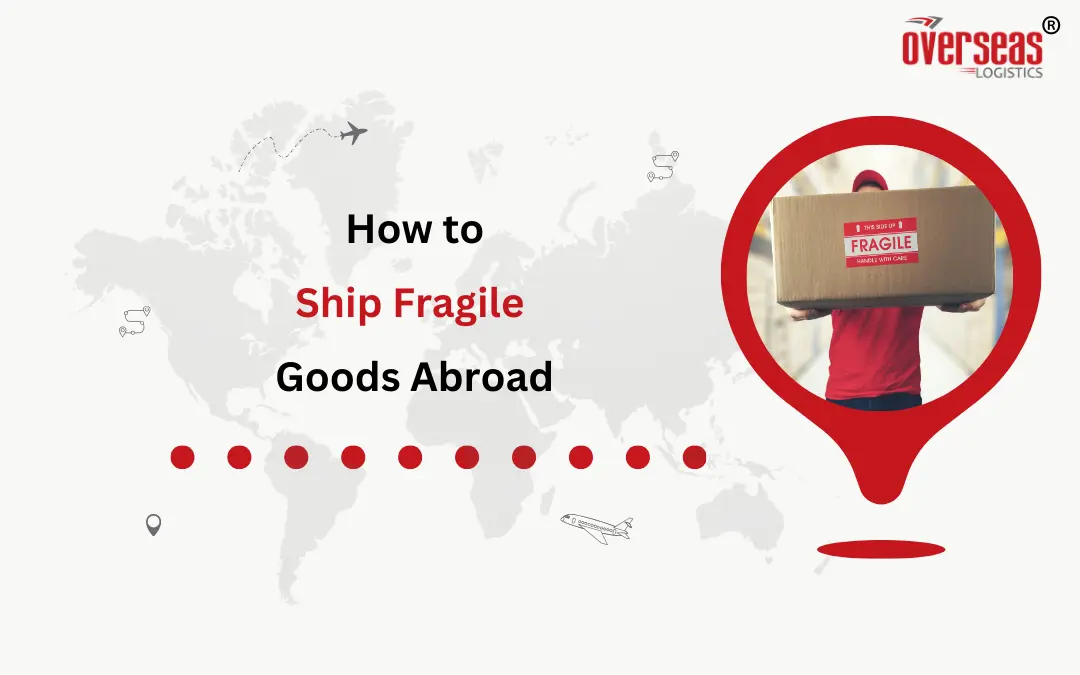Introduction
Shipping fragile goods internationally can be a daunting task, but with the right packaging, you can ensure your items arrive intact. Here’s a comprehensive guide on how to safely ship fragile goods abroad.
Choosing the Right Box
When it comes to shipping fragile items, the box choice is crucial. Opt for a new rigid corrugated double-wall cardboard box. It provides the necessary strength and protection, ensuring your items reach their destination without damage. Additionally, selecting the right size for the content is essential to allow proper wrapping and the use of cushioning material.
Packing Your Items
To safeguard fragile items during transit, wrap each item separately. This prevents them from coming into direct contact with each other, reducing the risk of breakage. Leave at least 5-6 cm of space between the content and the walls of the box for an extra layer of protection.
Using Cushioning Material
Ensure your fragile items are surrounded by a good amount of cushioning material, approximately 5-6 cm. If you’re shipping heavy items, opt for dense cushioning to absorb shocks and impacts during transportation.
Printing Shipping Labels
Print out the shipping label twice. Place the duplicate inside the parcel to ensure that crucial information is still available even if the external label gets damaged or detached.
Sealing the Box
Sealing the box with the right packaging tape is key to preventing damage. For items exceeding 25kgs, use heavy-duty or reinforced tape for added strength and security.
Label Placement
Place the shipping label prominently on the largest surface of the box, ensuring all sender and delivery information is visible. This facilitates smooth handling and quick identification throughout the international courier process.
Special Packaging for Different Items
Different items require specific packaging considerations. For fragile items, heavy items, irregular-shaped items, and liquids, use appropriate packaging materials. For parcels weighing over 25kgs, ensure seams are stitched or stapled instead of glued, and check the overall strength of the box.
Choosing the Right Box for Different Items
Tailor your choice of box to the nature of the items being shipped. Double-walled corrugated cardboard boxes provide optimal protection. Ensure the box’s size and weight limits are not exceeded for items weighing over 25 kg.
Special Packaging for Rolled-Up Items
If you’re shipping maps, posters, blueprints, or other rolled-up items, consider using triangular tubes instead of cylinder tubes. This ensures the items maintain their shape and integrity during transit.
Shipping Liquids
When shipping liquids, whether beverages or other substances, meticulous packaging is essential. Double-walled corrugated cardboard boxes are a must, and extra care should be taken to prevent leakage or breakage.
Conclusion
In conclusion, proper packaging is the key to safely shipping fragile goods abroad. By following these guidelines, you can significantly reduce the risk of damage during transit, ensuring your items arrive in pristine condition.
FAQs
Can I reuse old boxes for shipping fragile items?
While it’s tempting, it’s advisable to use new boxes for added strength and protection. Old boxes may not provide the necessary integrity.
What tape is best for sealing heavy items during shipping?
Heavy-duty or reinforced tape is recommended for sealing boxes containing items over 25kgs.
Why print shipping labels twice?
Printing shipping labels twice ensures that crucial information is available in case the external label is damaged or detached during transit.
Are triangular tubes necessary for rolled-up items?
Triangular tubes are ideal for maintaining the shape and integrity of maps, posters, blueprints, or other rolled-up items.
How much cushioning material should I use for fragile items?
Use a good amount of cushioning approximately 5-6 cm to provide adequate protection against shocks and impacts.

